.



Shifa
neighborhood in West Mosul where Isis battles Iraqi forces but the
civilians pay the price. Via @Kurdistan24tv by @sorankamaran98: image via Fazel Hawramy @FazelHawramy, 15 June 2017

Ramadan night [Morocco]: photo by yoriyas yassine alaoui ismaili,15 June 2017

Displaced from Raqqa: Those fleeing fighting as forces launch an assault to retake Islamic State's Syrian stronghold: image via Reuters Pictures @reuterspictures, 13 June 2017

Children flee, in the arms of loved ones, as the assault bears down on Islamic State's remaining enclave in Mosul: image via Reuters Pictures @reuterspictures, 13 June 2017

Mass food poisoning outbreak at Mosul camp for displaced Iraqis sends more than 300 to hospital after breaking fast: image via Reuters Pictures @reuterspictures, 13 June 2017

#Iraq An Iraqi elite Rapid Response Division member aims his gun towards IS group fighters in Mosul's Al-Shifa district. Photo Mohamed El-Shahed: image via Frédérique Geffard @fgeffardAFP, 13 June 2017

#Syria Syrian Democratic Forces (#SDF) greet a field commander outside #Raqqa By @RodiSad @reuterspictures: image via Photojournalism @photojournalink, 14 June 2017

SYRIA - A member of the Syrian Democratic Forces walks after they seized the western front of IS group's bastion of Raqa. @Delilsouleman: image via Frédérique Geffard @fgeffardAFP, 12 June 2017

#Iraq An Iraqi taking shelter at the al-Khazir camp swims in a river located between Arbil and Mosul; Mohamed El Shahed #AFP: image via Frédérique
Geffard @fgeffardAFP, 12 June 2017

#Iraq Boys read a copy of the Kuran as they attend a reading class at the Sheikh Abdul Qadir al-jailani mosque in Baghdad. Photo Ahmad Al Rubaye: image via Frédérique Geffard @fgeffardAFP, 14 June 2017

SYRIA - Smoke rises from buildings following a reported air strike on a rebel-held area in Daraa. Photo @AbazidMohamad #AFP: image via Frédérique Geffard @fgeffardAFP, 15 June 2017

Shifa neighborhood in West Mosul where Isis battles Iraqi forces but the civilians pay the price. Via @Kurdistan24tv by @sorankamaran98: image via Fazel Hawramy @FazelHawramy, 15 June 2017


Shifa neighborhood in West Mosul where Isis battles Iraqi forces but the civilians pay the price. Via @Kurdistan24tv by @sorankamaran98: image via Fazel Hawramy @FazelHawramy, 15 June 2017
International airstrikes and civilian casualty claims in Iraq and Syria: May 2017: Alex Hopkins, Airwars, 15 June 2017
Airwars
research team: Kinda Haddad, Latif Habib, Abdulwahab Tahhan, Shihab
Halep, Eline Westra, Christiaan Triebert, Oliver Imhof, Poppy Bowers,
Beth Heron, Tareq Haddad, Samuel Oakford and Chris Woods
According to Airwars estimates, May
was the second deadliest month for civilians in Iraq and Syria since
Coalition airstrikes began in August 2014. The month saw record numbers
of strikes and of munitions released, leaving those civilians caught
between ISIL and the Coalition in even worse straits.
Casualty incidents due to Coalition
strikes remained high in May, with 160 tracked events across both
countries. As the campaign to seize Mosul entered a climactic phase,
fatalities again reached alarming levels. And in the final weeks leading
up to the official June 6th start of the offensive to take Raqqa,
likely fatalities in and around that city rose by 19% from April – and
by 30% for Syria as a whole.
Overall, a minimum of between 348 and 521 civilians likely died across Iraq and Syria in
Coalition actions according to our provisional assessment – a
23% increase on April’s minimum estimates. A study of strike
data shows that in Raqqa, more civilians are dying even when fewer
targets are hit. This once again suggests a possible change to Coalition
procedures which is placing civilians at greater risk of harm.
Meanwhile after two months of
ramped-up strikes, Russia scaled back its own actions in Syria. Reported
civilian casualties were down by 61%. This meant that over two and a
half times more casualty events were attributed the Coalition in Iraq
and Syria than to Moscow’s actions in Syria. While a reduction in
Russian strikes offered some much-needed respite to non-combatants on
the ground, it also placed in stark relief the unprecedented scale of
the Coalition death toll measured against earlier stages of the
campaign.
Coalition military developments
As of May 31st 2017, 12,820 airstrikes
had reportedly been carried out in Iraq and 9,093 in Syria since the
start of the Coalition campaign against so-called Islamic State. During
May, 267 strikes were declared in Iraq – about 9% less than for April.
The story increasingly centred on Syria, where there was an 11% increase
in reported Coalition actions to 611 strikes in May – the highest number in any given month since Coalition actions began in August 2014.
May saw a record number of munitions
fired in Iraq and Syria by the Coalition. According to official
data published by US Air Force Central Command, its declared active
members (the US, UK, France, Belgium, Australia – along with possibly
Jordan, Saudi Arabia and the UAE) released a total of 4,374 on ISIL targets in May. This was a 34% increase over the previous month.
Munitions figures provided to Airwars by
CENTCOM are higher than those provided above by AFCENT, because they
also include HIMARS rockets, helicopter attacks and artillery rounds.
According to CENTCOM, the Coalition fired approximately 5,500 munitions
between Iraq and Syria during May, with a split of 3,700 in Iraq and
1,800 in Syria. Of these, approximately 3,400 were in support of
operations to liberate Mosul – exactly the same figure as in April – and
approximately 1,000 were in support of operations to isolate Raqqa – a
sharp drop of 47% on April. Yet as we report below, this decrease did
nothing to reduce the number of likely civilian deaths tracked in the
city.
April
saw the UK – the most active ally in the Coalition after the US –
playing an even greater role in Mosul and in the escalating Raqqa
campaign. The British Ministry of
Defense reported carrying out 37 strikes in Iraq – a 37% increase on
April. Meanwhile, actions in Syria almost tripled to 14 strikes. Despite
more than 1,300 airstrikes in total – now focused heavily on urban
areas with trapped civilian populations – the UK improbably still claims
to have harmed no civilians in any attack.
There was also a sharp rise in French actions.
In Iraq, with 29 strikes declared during May, and almost double the 15
reported in April. In Syria, French raids increased by 50% to 9 declared
strikes. The greatest leap occurred in French artillery strikes by its
Task Force Wagram at Mosul, which rose to 262 total strikes – 38% more
than April.
On
May 8th, Australia made a welcome move towards greater transparency
when it published its first fortnightly report, detailing both
strikes and their locations. From May 1st to May 31st, Australia said
it had dropped a record 119 munitions on Iraq over the course of the
month – approximately 24 strikes, of which 21 were in the vicinity of
Mosul.
Royal Australian Air Force technical personnel start post flight maintenance on an F/A-18A Hornet following an Operation OKRA mission (Australian Defence Force)
Royal
Australian Air Force technical personnel start post flight maintenance
on an F/A-18A Hornet following an Operation OKRA mission (Australian
Defence Force)
Push to Mosul’s Old City and Raqqa’s gates
At
the start of May, a new front was opened up in the Mosul offensive as
Iraqi forces advanced from the north west of the city. On May 7th, the
Mushairfah district was captured, though ISIL continued to put up fierce
resistance.
By
May 14th,
Iraqi forces had won significant ground, and military officials
estimated that ISIL controlled no more than 9% of West Mosul. Subsequent
gains included the Rifai district on May 17th and the July 17
neighbourhood on May 20th. The Al-Najjar district was captured on May
22nd .
The
humanitarian situation however remained dire, with 400,000 residents
still believed to be trapped in the Old City centre. On May 26th,
the Iraqi Air Force dropped leaflets urging civilians to evacuate the
Old City – a difficult proposition at best amid heavy airstrikes and
ISIL’s deliberate targeting of fleeing civilians. By May 29th, the
capture operation was said to be in its last stages, with 95% of Mosul
seized according to Iraq Prime Minister Haider al-Abadi.
Meanwhile
in Syria, by May 3rd the Syrian Democratic Forces had recaptured almost
all of Tabaqa, a strategic city west of Raqqa. On May 11th,
the Coalition announced the liberation of the Tabaqa Dam, all of the
city and the airfield following a negotiated surrender with an ISIL
faction.
The
fourth phase of the Raqqa campaign was announced on May 10th.
Steady advances were then made throughout the month, with the capture
of villages and hamlets, culminating in the seizing of six villages on
May 30th. However, by the time the Kurdish-dominated force reached the
gates of Raqqa city, the Coalition estimated that at least 2,500 ISIL
fighters remained inside – along with as many as 100,000 trapped
civilians.
Coalition civilian casualties
Coalition civilian casualties
May was the second worst month for
likely Coalition civilian deaths since the beginning of the campaign in
August 2014. From already high levels, 23% more non-combatants were
likely killed in Iraq and Syria compared to April. As the US-backed
campaigns to liberate West Mosul and Raqqa escalated, civilians were
repeatedly put at extraordinary risk, whether in their homes, or as they
attempted to flee those wartorn cities and towns now under constant
aerial and ground bombardment.
Across both Iraq and Syria, Airwars
researchers tracked 160 casualty events – a marginal increase of 1%
compared to April. Of these, 76 incidents are presently assessed as
fairly reported, meaning our researchers monitored two or more credible
uncontested sources, and with the casualties occurring in an area where
the Coalition has confirmed airstrikes that day. Airwars currently
assesses that between 348 and 521 civilians died in these events, compared to a minimum of 283 deaths in April.
The overall number of civilian deaths
alleged from Coalition actions for May in Iraq and Syria – across all
‘fair’, ‘poor’ and ‘contested’ events – currently stands at between
1,337 and 2,152.
For the fifth consecutive month,
civilian casualty incidents tied to the Coalition in Iraq and Syria
outnumbered those allegedly perpetrated by Russia in Syria. Following an
escalation in April, May saw Moscow dramatically scale back its
strikes. This further emphasized the scale of May’s Coalition death
toll, which was more than two and a half times higher than those
casualties allegedly linked to Russian actions.
The aftermath of an alleged Coalition strike on Al Mayadeen, May 22nd 2017 (via Deir Ezzor 24)
Raqqa: Civilians at greatest risk yet
Likely civilian fatalities from Coalition airstrikes in Syria rose by 30% in May, amid rising concern from international agencies and human rights groups at the rising toll. Throughout the month, Airwars researchers tracked 118 claimed Coalition casualty events in Syria alone – 74% of all reported casualty events in both Iraq and Syria. Of these events, 70 were in our view fairly reported, leaving an estimated death toll of between 283 and 378 civilians. This was a significant rise from an estimated minimum of 218 people killed in May.
Likely civilian fatalities from Coalition airstrikes in Syria rose by 30% in May, amid rising concern from international agencies and human rights groups at the rising toll. Throughout the month, Airwars researchers tracked 118 claimed Coalition casualty events in Syria alone – 74% of all reported casualty events in both Iraq and Syria. Of these events, 70 were in our view fairly reported, leaving an estimated death toll of between 283 and 378 civilians. This was a significant rise from an estimated minimum of 218 people killed in May.
The overall death toll for May in
Syria – across ‘fair’, ‘poor’ and ‘contested’ events – currently stands
at between 500 and 728 non-combatants allegedly killed by the US-led
Coalition.
Of the 70 likely events in Syria, 86%
occurred in and around Raqqa – where probable civilian deaths increased
by 19% from April (256 to 341 killed). However unlike in Mosul, the
plight of Raqqa’s civilians caught between ISIL and deadly Coalition and
SDF actions continued to receive little attention from the
international press.
An analysis of the number of targets
bombed in and around Raqqa in recent months raises particular concerns.
In March, the number of targets bombed in Raqqa province actually
decreased by 39% from February. Given this, it might have been expected
that civilian deaths would fall. Yet instead they rose more than
fivefold to their highest levels yet – with between 275 and 743 civilians likely killed just around Raqqa.
In April, Airwars monitored a 47% drop
in targets bombed. But while the number of likely civilian deaths also
fell, this was only by 24%.
Official data for May for Raqqa is more
complex. On the one hand, 289 airstrikes were reported – more than
double the number carried out in April. The number of targets bombed – a
far more accurate metric than strikes – tripled to 591. As already
noted, likely civilian deaths around Raqqa were up by around one fifth.
It therefore appears that since February
there has often been little correlation between the number of strikes
or targets bombed, and civilian deaths in Raqqa. This may indicate that
the unprecedented increase in fatalities from Coalition actions is
related to an undisclosed change in the rules of engagement or offensive
procedures on the battlefield.
Kinda Haddad, head of the Airwars Syria team, has watched the situation unfold with increasing concern.
“Civilian deaths have risen consistently
and dramatically since the end of December 2016,” says Haddad. “The
coalition was the single largest contributor to non-combatant fatalities
in Syria during May, killing more civilians than either ISIL, the
regime or the Russians according to local and regional monitors.”
“In May the coalition continued its push
into Raqqa province with often little apparent regard for civilians –
whose situation is getting ever more dangerous,” she added.
“Non-combatants are now firmly stuck between Daesh mines or snipers
which are killing civilians attempting to leave – and the Coalition,
which is hitting them both in their homes and when they try to leave.”
Civilian casualties were not confined to Raqqa and its environs. Following the surrender of ISIL in Tabaqa on May 11th,
Airwars recorded a 48% drop in casualty events in the town during May.
Nevertheless a minimum of 64 civilians were still reported killed in the
vicinity – just three deaths less than in April – across 11 events.
In the two days of May 6th-8th alone, four incidents were tracked in Tabaqa. The worst of these occurred on May 7th when
at least 20 civilians including eight children and four women were
killed in an alleged Coalition raid on the Al Awwal and Al Thaleth
neighbourhoods, according to local sources. The journalist Mohab Naser
told Airwars that a Coalition jet struck a four-storey
building, resulting in the death of many residents. He named six members
of the Jubran family (ranging in ages from one to 78 years) and three children from the Al-Issa family.
Abi
Zakariya al Issa, eight-years-old, died in an alleged Coalition raid on
Tabaqa’s Third neighbourhood on May 7th, according to Mohab Nasser.
Four days later, on May 11th,
another eight children and four women reportedly from the same family
died, and dozens more were wounded, in an alleged Coalition raid on the
Al Hashem area, north of Raqqa city, according to local media. The
Syrian Observatory for Human Rights put the death toll as high as 15,
while Al Raqqa Truth – also pointing to the US-led Coalition – named Othman al Ahmad al Hamoud, Zakiya al Othman, Mozer Othman al Hamoud, Amira Othman al Hamoud and Marya Hadi and her sons as victims.
As May wore on, there was no respite for Raqqa’s civilians. On May 14th,
up to 22 female non-combatants died when an alleged Coalition
airstrike at Al A’Keirshi village hit three cars traveling to their
place of work. Some reports indicated the women were employed in
agriculture. The Smart News Network – citing Reuters – put the death
toll even higher, at 30, of which it said 22 were female. Among the
victims were three members of the al Mustapha family along with Nawwaf Mohammed Al Turki al Sawa’an, reportedly killed when his motorbike was hit. While reports of the number of victims varied, sources were agreed they were cut down in the midst of ordinary activities.
Nawwaf Mohammad Al Turki al Sawa’an, killed in an alleged Coalition airstrike on Al A’keirshi, May 14th 2017 (via RBSS)
By May 24th, Airwars was tracking seven
claimed events per day in Syria. In one of the worst incidents monitored
by our researchers, six children and seven women were reportedly killed
in an alleged Coalition raid between may 23 and 24th in
Al Barouda village in western Raqqa, according to local media. Raqqa is
Being Slaughtered Silently put the death toll as high as 16 – including
nine members from the al-Nayef al-Haj family – most of them displaced from Al Sukhna.
Displaced civilians, desperately seeking refuge from fighting elsewhere, often bore the brunt of the violence. On May 27th – in yet another incident in which vehicles were allegedly struck by Coalition warplanes – at least 17 displaced non-combatants reportedly died when buses they were riding in on the road between al Kasrat and Ratla village were hit. Baladi News put the death toll as high as 20, while Masaida added that women and children were among the dead. Many more people were said to have been wounded. It was yet another grim story from a month which saw ordinary Syrians suffering in extraordinary numbers – whether they were sheltering in their own homes, or attempting to live their lives amid the ongoing chaos of the battlefield.
Displaced civilians, desperately seeking refuge from fighting elsewhere, often bore the brunt of the violence. On May 27th – in yet another incident in which vehicles were allegedly struck by Coalition warplanes – at least 17 displaced non-combatants reportedly died when buses they were riding in on the road between al Kasrat and Ratla village were hit. Baladi News put the death toll as high as 20, while Masaida added that women and children were among the dead. Many more people were said to have been wounded. It was yet another grim story from a month which saw ordinary Syrians suffering in extraordinary numbers – whether they were sheltering in their own homes, or attempting to live their lives amid the ongoing chaos of the battlefield.
ShbibG
was one of a number of sources blaming the Coalition for the death of
20 civilians in a strike on a convoy of vehicles on the road between al
Kasrat and Ratla village on May 27th.
Push to Mosul: Civilians remain in grave danger
Iraqi civilians remained at extreme risk as the campaign to seize West Mosul from ISIL moved into its final phase. Of the 40 alleged Coalition civilian casualty events tracked in Iraq during May, 93% of them were reported in Mosul.
Iraqi civilians remained at extreme risk as the campaign to seize West Mosul from ISIL moved into its final phase. Of the 40 alleged Coalition civilian casualty events tracked in Iraq during May, 93% of them were reported in Mosul.
Deaths
remained high. Overall across all categories – ‘fair’, ‘weak’ and
‘contested’ – between 740 and 1,241 civilians were claimed killed by the
Coalition in the city throughout May – compared to between 743 and 917
in April. Determining who was responsible for these fatalities continued
to prove extremely challenging. Only 37 civilians are currently assessed as being likely killed by the Coalition in May, across five casualty events deemed fairly reported.
In
most other cases, reports might either reference only general
bombardments, or instead variously blame Iraqi and Coalition air and
ground forces, or ISIL. Across 27 contested events in Iraq for May,
between 565 and 1,054 non-combatants died – an average of at least 21
civilians killed per incident.
“Iraqi forces have changed their plans
several times,” explains Airwars’ Iraq researcher. “After they failed to
control Old Mosul they moved to the north west of the city in the first
week of May, and liberated all the neighborhoods around the the city
like Rifai and 17 July
and Shifa. ISIL then forced civilians to move to the Old City to use
them as human shields, thereby forcing Iraqi forces to slow down their
operation.
“Many civilians were killed by Daesh
when they were trying to flee to Iraqi forces – we’re talking about
hundreds in Zanjili and Old Mosul. Iraqi forces and the Coalition have
failed to secure safety corridors for them.”
The Coalition reported 157 strikes in
Mosul during May – an 11% drop from April. A far more reliable indicator
of the ferocity of activity, however, was the number of targets bombed.
This figure rose by 55% to 1,577 targets struck, the highest level
since March. Moreover, CENTCOM reported that 3,400 munitions were
released in support of operations to liberate Mosul – exactly the same
figure as in April. Why then were deaths in May not much higher at
Mosul?
“Iraqi forces became very cautious when
dealing with civilians after widespread criticism of the high number of
casualties across recent month,” explained our Baghdad-based researcher,
who has visited Mosul more than a dozen times during the recent
fighting. “Additionally, forces moved to the Iraqi/Syrian border and
liberated many districts and villages there, which held few civilians
compared to the numbers we saw inside Mosul itself.”
The deadliest events in Iraq’s second city during May occurred in the first four days of the month as Iraqi Forces renewed their attempts to seize West Mosul’s key neighbourhoods. Between May 1st and 3rd alone, up to 79 civilians died and 159 were wounded, mostly women and children, following what local media alleged were Coalition and Iraqi airstrikes on many neighbourhoods in West Mosul. Mosul News Network named Mohammed Abdullah Ramadan as a victim, blaming both the Coalition and the Iraqi air force, while Al Araby referred to “indiscriminate shelling” of the Rifair, Zanjili and July 17 neighbourhoods by Iraqi forces.
Airwars tracked six casualty events in the Zanjili neighbourhood alone during May. The most alarming occurred on May 30th, when local media reporting that as many as 200 non-combatants died with dozens more wounded in airstrikes referred to by a member of Mosul Direct, Mohammed Hassan, as “hysterical bombing”. Once more, most victims were reportedly women and children. Typically, sources were divided on whether the Coalition or the Iraqi air force were the perpetrators of the carnage. According to Alaraby, “dozens of houses in the neighbourhood were destroyed to the ground.” Once more, however, Mosul’s non-combatants were deprived of knowing who it was that was killing them.
Between May 12th and 15th, 108 civilians were killed and 265 wounded in alleged Coalition airstrikes and artillery shelling across several neighbourhoods of West Mosul, according to local sources. These deaths were assessed as contested, it once more being unclear who was responsible. Yaqein reported that there had been “continuous shelling” across four days on the right side of Mosul, while local resident Um Imam Ahmed published an image on Facebook, commenting that the “bodies of 30 civilians, including nine members of a family” were still under the rubble following a Coalition raid.
Perhaps most worrying was the warning by members of the Provincial Council that there were still more than 200,000 civilians trapped in neighbourhoods still controlled by ISIL – many of whom had fled to these areas to escape battles elsewhere. UNICEF warned that as many as 100,000 were still at extreme risk in Mosul.
A
photo posted on Facebook by Um Imam Ahmed – showing the destruction and
one of the victims of heavy shelling in West Mosul (via Um Imam Ahmed)
Russian military actions and civilian casualties
In April we saw a 36% leap in casualty
incidents allegedly involving Russia in Syria, with 155 events tracked
throughout the month. In May, however, this number fell by 61% to 61
casualty events. This brought the number of allegations down to levels
last seen between December 2016 and February 2017.
As previously reported, due to an
unprecedented increase in allegations against the Coalition in Iraq and
Syria, Airwars has had to pause full vetting of Russian strikes in
Syria. It will therefore be some time before researchers can undertake a
deep assessment of the May 2017 data. However, the raw figures show
that across these 61 incidents between 205 and 317 non-combatants were reported killed in alleged Russian actions.
Given that these numbers are unvetted and unfiltered, these should not
be directly compared to the Coalition estimates contained in this
report.
“The number of Russian airstrikes in May may have been reduced due to the application of deescalation zones,
though these airstrikes did not stop completely and still killed a
significant number of civilians,” says Airwars researcher Abdulwahab
Tahhan, who has been tracking reported Russian actions in Syria on a
daily basis. “While Russia used to focus its airstrikes against places
packed with civilians, in Idlib and Aleppo for example, it now seems to
have changed focus to less populated ISIL-controlled areas in Homs or
Hama. Even so, many civilians in these areas still reportedly died.”
It remains unclear whether Russia’s
reduced actions in Syria will continue, with May again highlighting how
unpredictable Moscow’s own campaign can be. For now however, ordinary
Syrians in certain areas have at least some respite.
Abdallah
al Ibrahim al Jarrah, killed in an airstrike on Dibsi Afnan, Tabaqa,
May 8th 2017. Most sources blamed Russia or the regime – though one
pointed to the US-led Coalition (via Al Raqqa Truth)
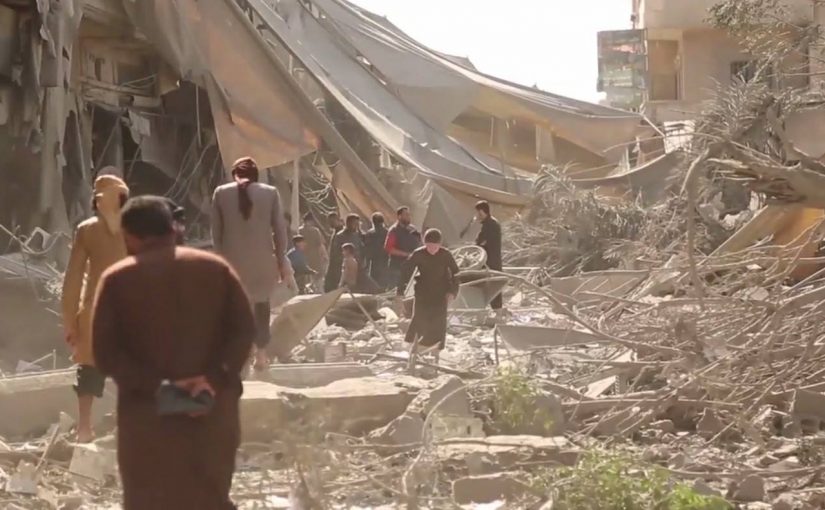

Devastation in Raqqa following an alleged Coalition airstrike on May 27th (via Raqqa Is Being Slaughtered Silently)

2)
With Russian strikes heavily down as a result of de-escalation zones,
we tracked more than 2.5 times more Coalition civcas events in May: image via Airwars @airwars, 15 June 2017


3)
For 6 straight months now (entire duration of Trump presidency) we've
been tracking more Coalition than Russian civilian casualty events: image via Airwars @airwars, 15 June 2017
4)
Mosul: up to 1,240 civilians alleged killed by Coalition in May.
Attribution a challenge - Iraq military and ISIL also blamed in most
cases: image via Airwars @airwars, 15 June 2017
5)
Raqqa: Likely deaths up 20% to 256+, with civilians now trapped between
Coalition/ SDF air and artillery strikes, ISIL snipers and minefields: image via Airwars @airwars, 15 June 2017

6)
Coalition fired 5,500 munitions in May including air, rocket and
artillery strikes and helicopter actions. Most dropped at Mosul and
Raqqa: image via Airwars @airwars, 15 June 2017
7)
Ground reports in both Iraq and Syria continue to indicate very high
civilian casualties from Coalition actions compared to earlier stages: image via Airwars @airwars, 15 June 2017\
8)
High Coalition civilian deaths reflect intensity of battles for Mosul
and Raqqa. But also indications of civilian protections loosened: image via Airwars @airwars, 15 June 2017
Tension (upside down yoda face)


what are [you] looking at! [Hyderabad]: photo by swarat_ghosh, 10 June 2017

done: photo by Jeff Larson (Raw Power), 5 June 2017

The World the Children Made. Ypyogi Park, Shibuya, Tokyo.: photo by shin noguchi, October 2016

101275-moscow2017: photo by Emil Gataullin, 4 May 2017

#4 [Morocco]: photo by yoriyas yassine alaoui ismaili, 23 April 2017

Contrast of Messsi, Ibrahimovic with two subsaharien [Casablanca]: photo by yoriyas yassine alaoui ismaili, 21 May 2017

[Untitled]: photo by Sylvain Biard, 15 May 2017

[Beney Brak 2017]: photo by Ilan Burla, 12 March 2017

[Untitled]: photo by Barry Talis, c. 2016

#07: photo by Taras Bychko, 3 June 2017

#07: photo by Taras Bychko, 3 June 2017

#07: photo by Taras Bychko, 3 June 2017

Untitled. Georgia (Spring 2017).: photo by Bronfer, 23 May 2017

Untitled. Georgia (Spring 2017).: photo by Bronfer, 23 May 2017

Untitled. Georgia (Spring 2017).: photo by Bronfer, 23 May 2017

Monocle. Bangkok, Thailand.: photo by Job Jetichwan Chowadee, 1 June 2017

Monocle. Bangkok, Thailand.: photo by Job Jetichwan Chowadee, 1 June 2017

Monocle. Bangkok, Thailand.: photo by Job Jetichwan Chowadee, 1 June 2017

[Songkhla, Thailand]: photo by Sakulchai Sikitikul, 28 May 2017

[Songkhla, Thailand]: photo by Sakulchai Sikitikul, 28 May 2017

[Songkhla, Thailand]: photo by Sakulchai Sikitikul, 28 May 2017

#Venezuela A health worker is assisted by colleagues during protests against President Nicolas Maduro in Caracas. @federicopara #AFP: image via Frédérique Geffard @fgeffardAFP, 13 June 2017

#Venezuela Anti-government demonstrators protest against President Nicolas Maduro in Caracas. @federicopara #AFP: image via Frédérique Geffard @fgeffardAFP, 13 June 2017
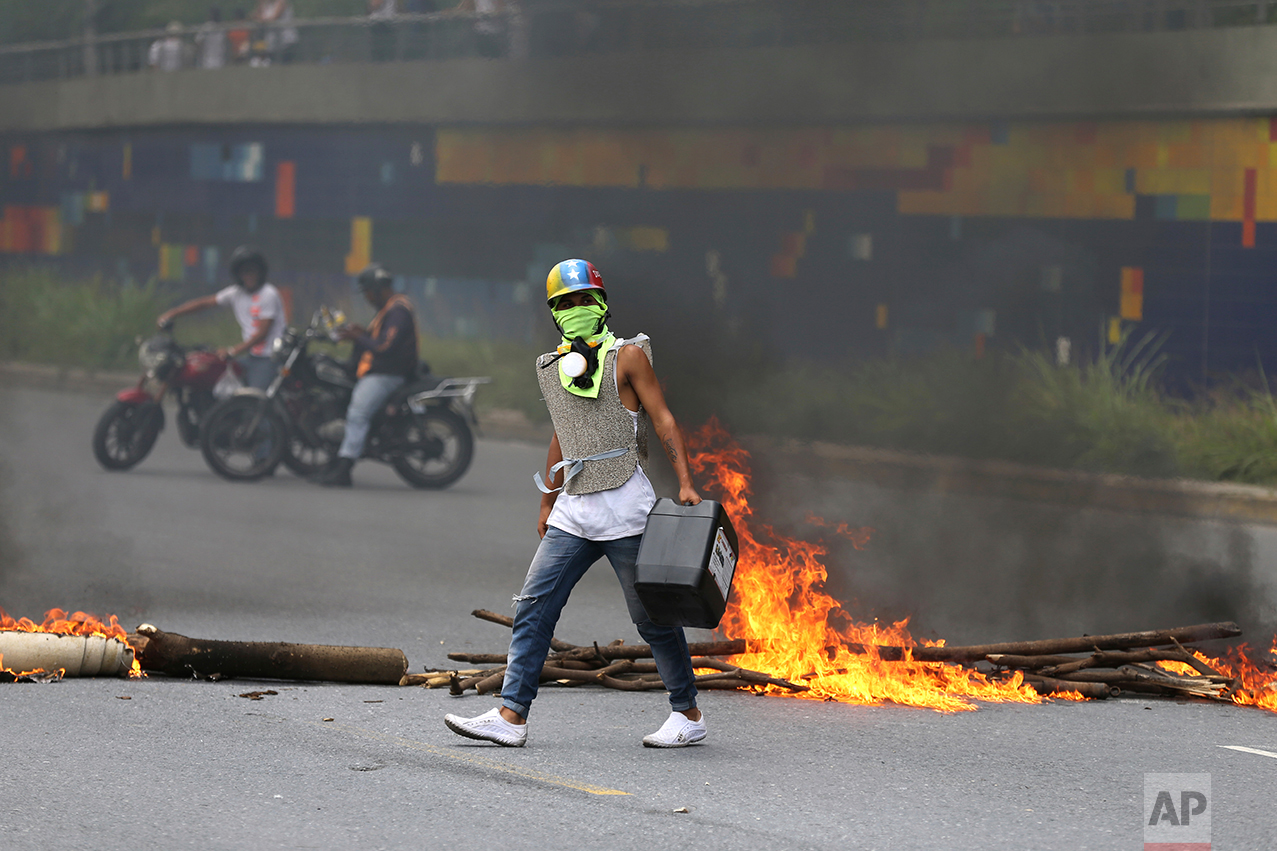
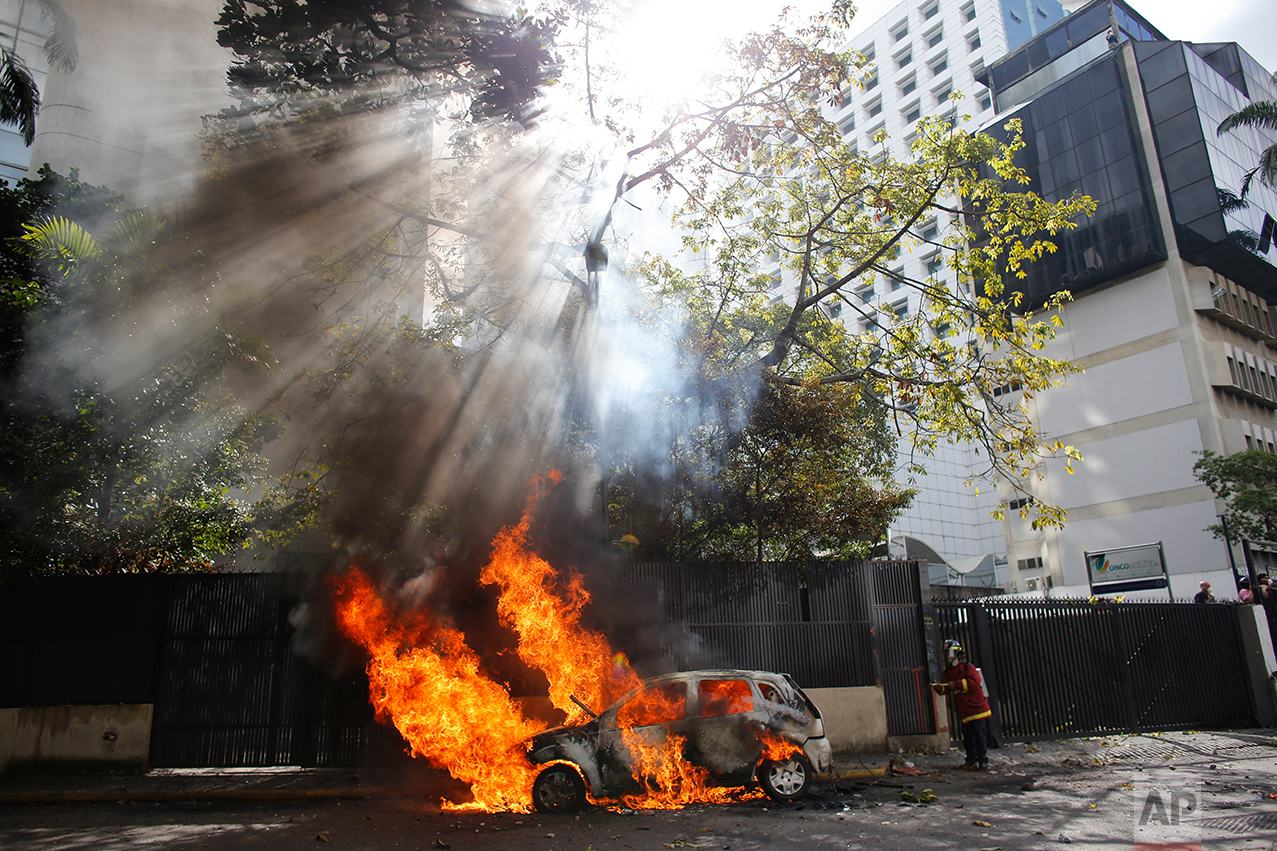
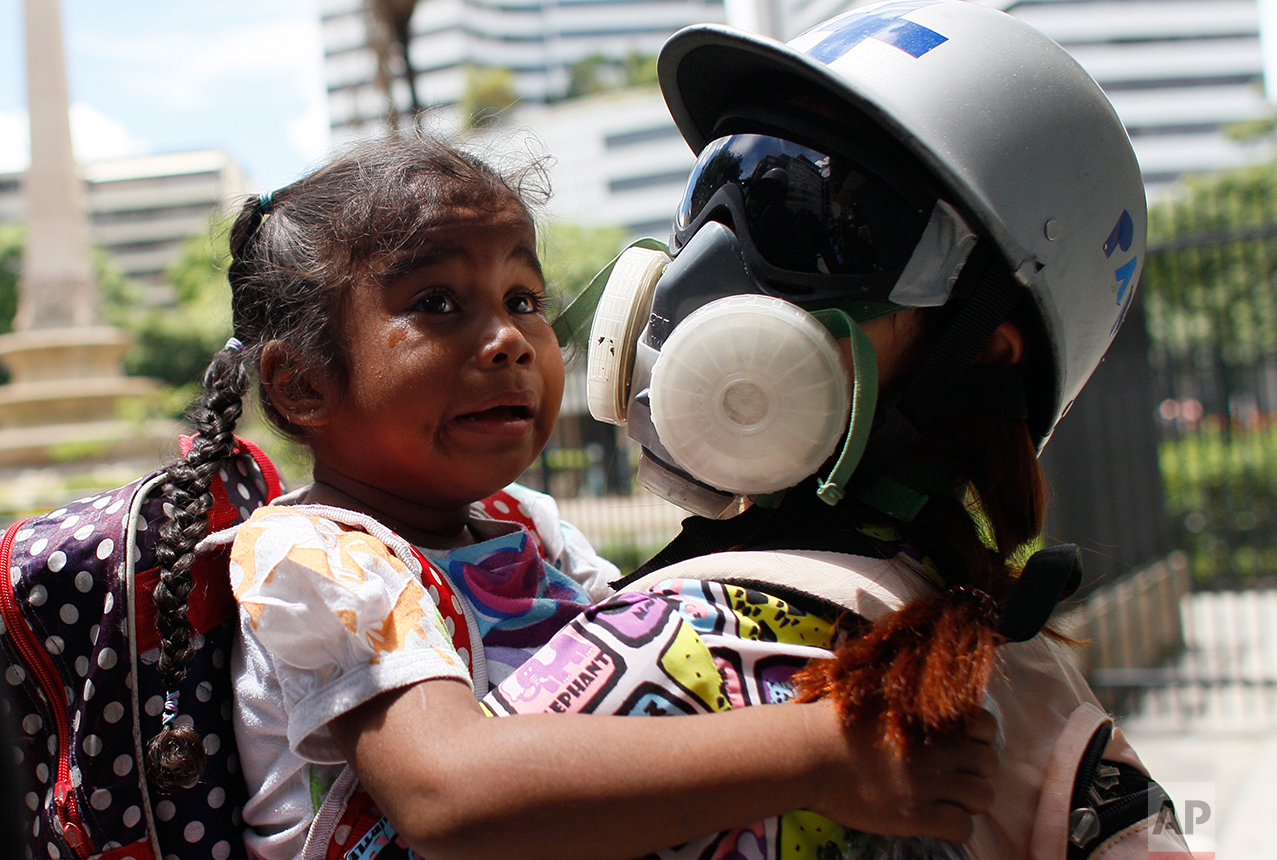

GAZA CITY - Palestinians walk on a street at the Al-Shati refugee camp in Gaza City during a power outage. Photo @MahmudHams #AFP: image via Frédérique
Geffard @fgeffardAFP, 13 June 2017

GAZA STRIP - A Palestinian family eats dinner by candlelight at their makeshift home in the Rafah refugee camp. @saidkhatib #AFP: image via Frédérique Geffard @fgeffardAFP, 12 June 2017

GAZA CITY - Palestinian children at home reading books by candle light due to electricity shortages. @TomCoex #AFP: image via Frédérique Geffard @fgeffardAFP, 14 June 2017

GAZA STRIP - Palestinian children fill jerricans with drinking water
from public taps at the Rafah refugee camp. @saidkhatib #AFP: image via Frédérique
Geffard @fgeffardAFP, 12 June 2017

GAZA STRIP - A Palestinian boy peers through the door of his house at the Rafah refugee camp. @saidkhatib #AFP: image via Frédérique Geffard @fgeffardAFP, 12 June 2017

GAZA STRIP - Fighters from Ezzedine al-Qassam Brigades attend a memorial service for the leader Ibrahim Abu Al-Naja in Rafah. @saidkhatib: image via Frédérique Geffard @fgeffardAFP, 13 June 2017

GAZA CITY - A Palestinian man leads his horse out of the sea after cleaning it in the water. Photo @TomCoex #AFP: image via Frédérique Geffard @fgeffardAFP, 13 June 2017


#Afghanistan Afghan children work at a traditional sweet factory in Ghazni. Photo @pzakeria31 #AFP.: image via Frédérique Geffard @fgeffardAFP, 12 June 2017

#Afghanistan Afghan children read the Koran at a madrasa during the holy month of Ramadan in Ghazni. Photo @pzakeria31 #AFP: image via Frédérique Geffard @fgeffardAFP, 13 June 2017

#Afghanistan An Afghan boy with his family who fled the conflict is at a camp for internally displaced persons (IDP) near Kabul. @shahmarai: image via Frédérique Geffard @fgeffardAFP, 14 June 2017

GAZA STRIP - A Palestinian boy peers through the door of his house at the Rafah refugee camp. @saidkhatib #AFP: image via Frédérique Geffard @fgeffardAFP, 12 June 2017

GAZA STRIP - Fighters from Ezzedine al-Qassam Brigades attend a memorial service for the leader Ibrahim Abu Al-Naja in Rafah. @saidkhatib: image via Frédérique Geffard @fgeffardAFP, 13 June 2017

GAZA CITY - A Palestinian man leads his horse out of the sea after cleaning it in the water. Photo @TomCoex #AFP: image via Frédérique Geffard @fgeffardAFP, 13 June 2017


#Afghanistan Afghan children work at a traditional sweet factory in Ghazni. Photo @pzakeria31 #AFP.: image via Frédérique Geffard @fgeffardAFP, 12 June 2017

#Afghanistan Afghan children read the Koran at a madrasa during the holy month of Ramadan in Ghazni. Photo @pzakeria31 #AFP: image via Frédérique Geffard @fgeffardAFP, 13 June 2017

#Afghanistan An Afghan boy with his family who fled the conflict is at a camp for internally displaced persons (IDP) near Kabul. @shahmarai: image via Frédérique Geffard @fgeffardAFP, 14 June 2017

#North Korea Men push their bicycles past the portraits of late North Korean leaders Kim Il-Sung and Kim Jong-Il in Pyongyang. Photo @edwardesjones #AFP: image via Frédérique Geffard @fgeffardAFP, 13 June 2017

#Indian Occupied Kashmir Kashmiri government employees detained by security personnel during a protest in Srinagar. Photo @TauseefMUSTAFA: image via Frédérique Geffard @fgeffardAFP, 13 June 2017

#Pakistan
Pakistani labourers rest on their wheelbarrows under a tree near a
fruit and vegetable market in Islamabad. Photo Aamir Qureshi: image via Frédérique
Geffard @fgeffardAFP, 13 June 2017

South Sudanese refugees who recently crossed the border into Uganda sit on a bus bringing them to the Imvepi reception center, where newly-arrived refugees are processed before being allocated plots of land in the nearby Bidi Bidi refugee settlement in northern Uganda, Tuesday, June 6, 2017. Bidi Bidi is a sprawling complex of mud-brick houses that is now the world's largest refugee settlement holding some of those who fled the civil war in South Sudan, which has killed tens of thousands and driven out more than 1.5 million people in the past three years.: photo by Ben Curtis, 8 June 2017

South Sudanese refugees who recently crossed the border into Uganda sit on a bus bringing them to the Imvepi reception center, where newly-arrived refugees are processed before being allocated plots of land in the nearby Bidi Bidi refugee settlement in northern Uganda, Tuesday, June 6, 2017. Bidi Bidi is a sprawling complex of mud-brick houses that is now the world's largest refugee settlement holding some of those who fled the civil war in South Sudan, which has killed tens of thousands and driven out more than 1.5 million people in the past three years.: photo by Ben Curtis, 8 June 2017
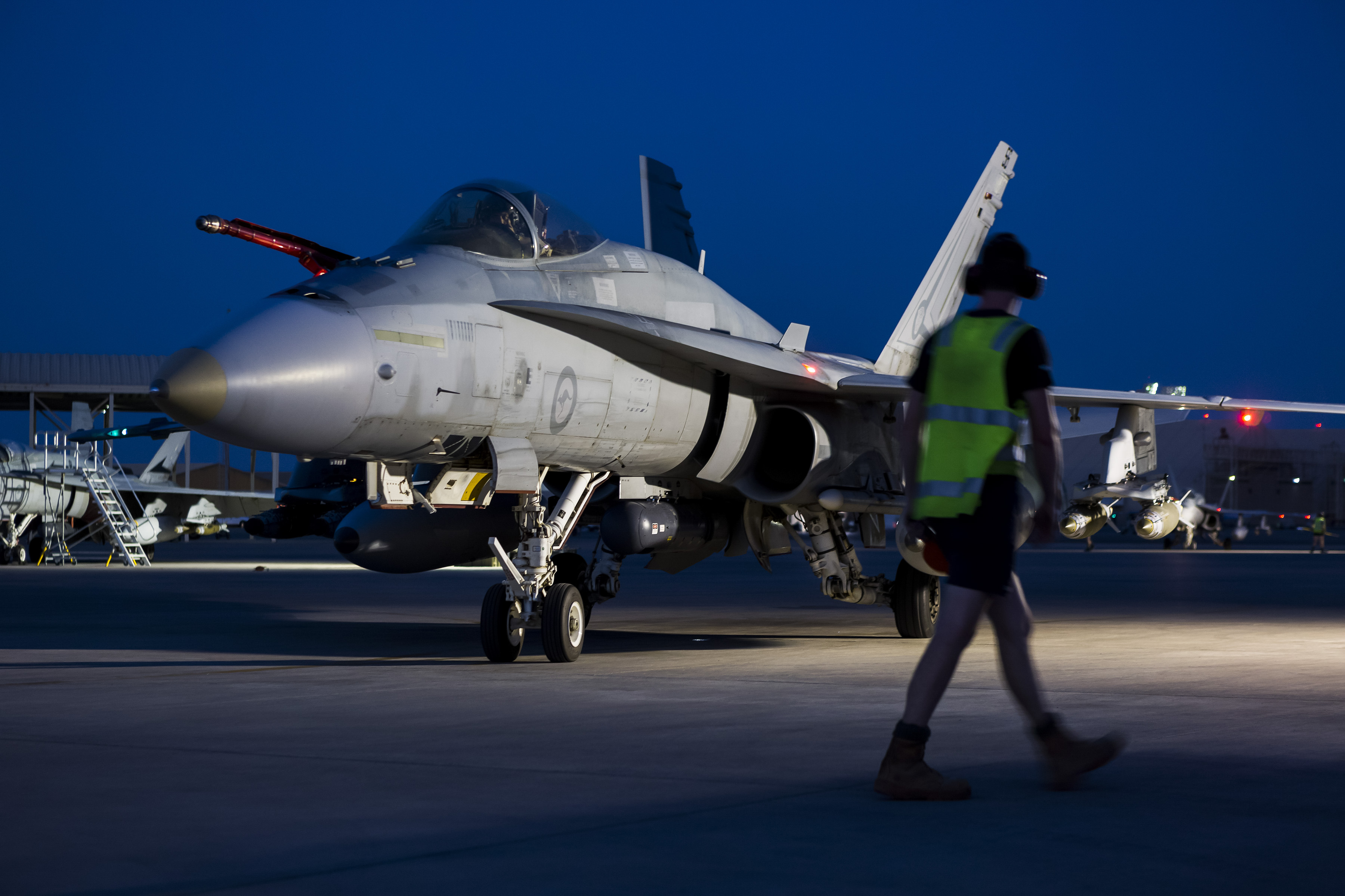
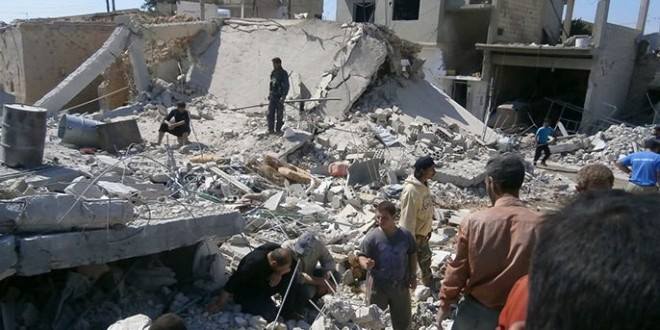
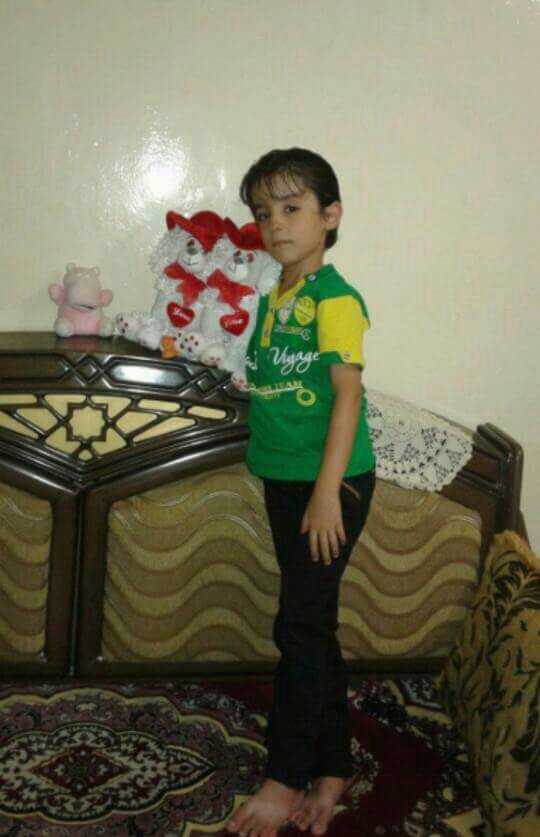

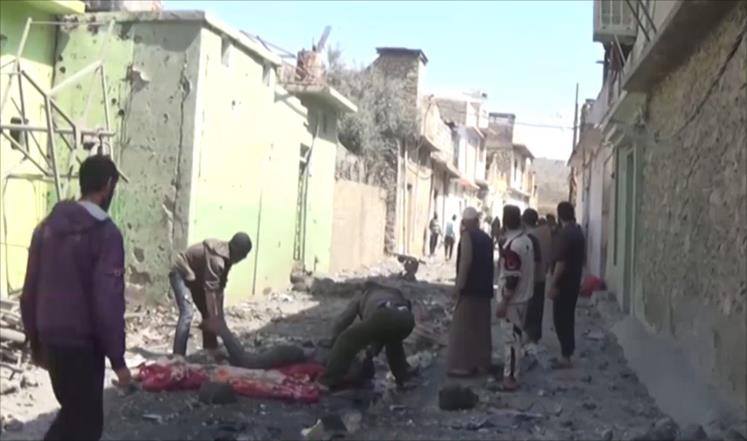
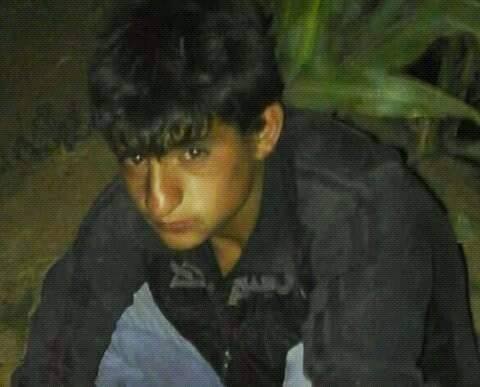





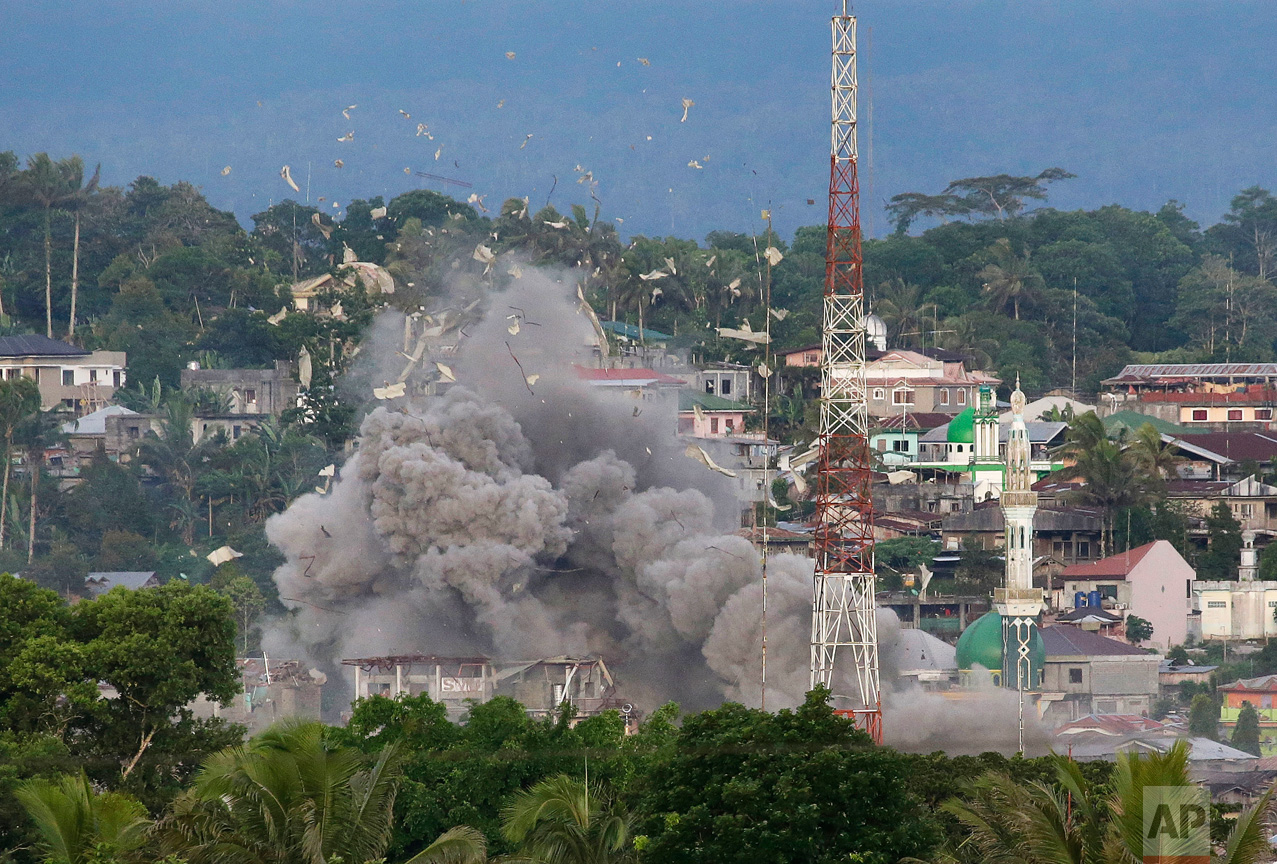






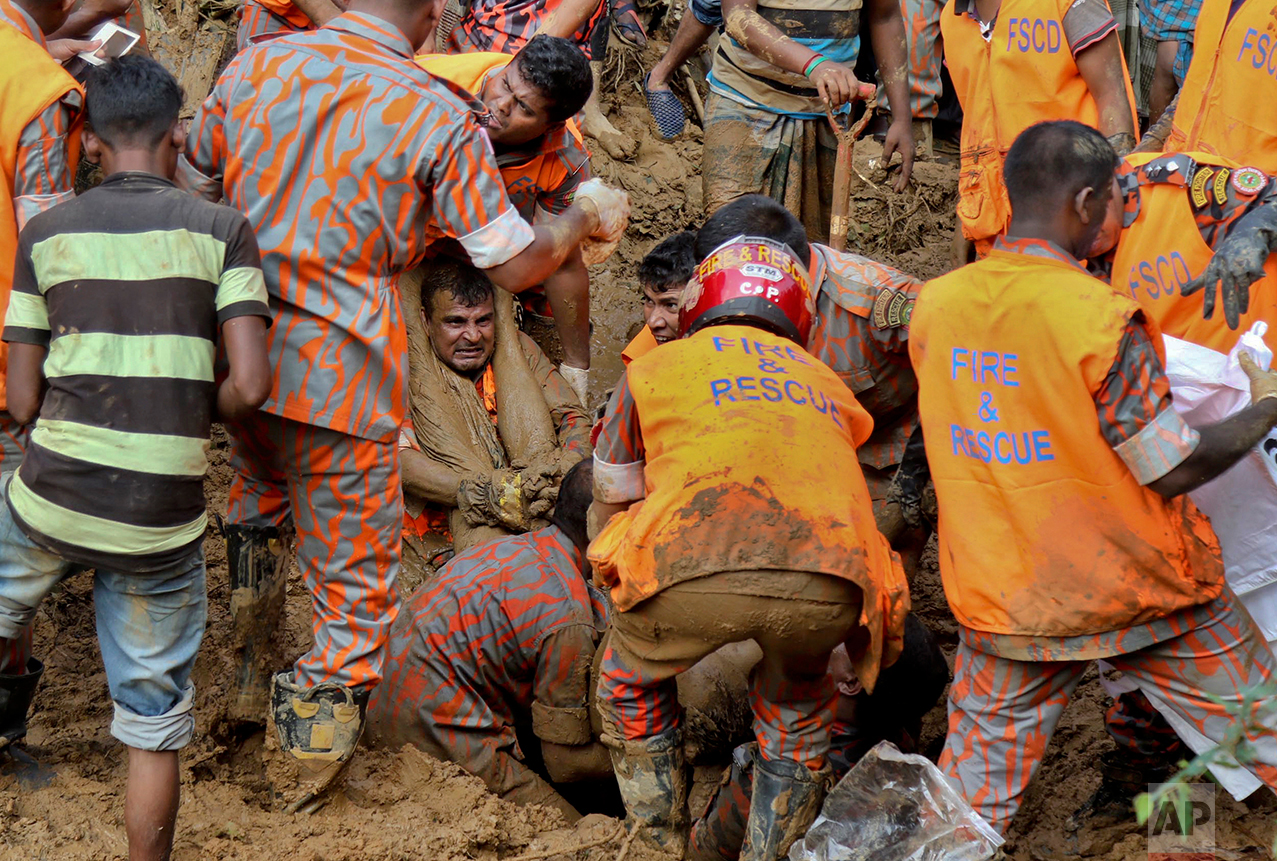

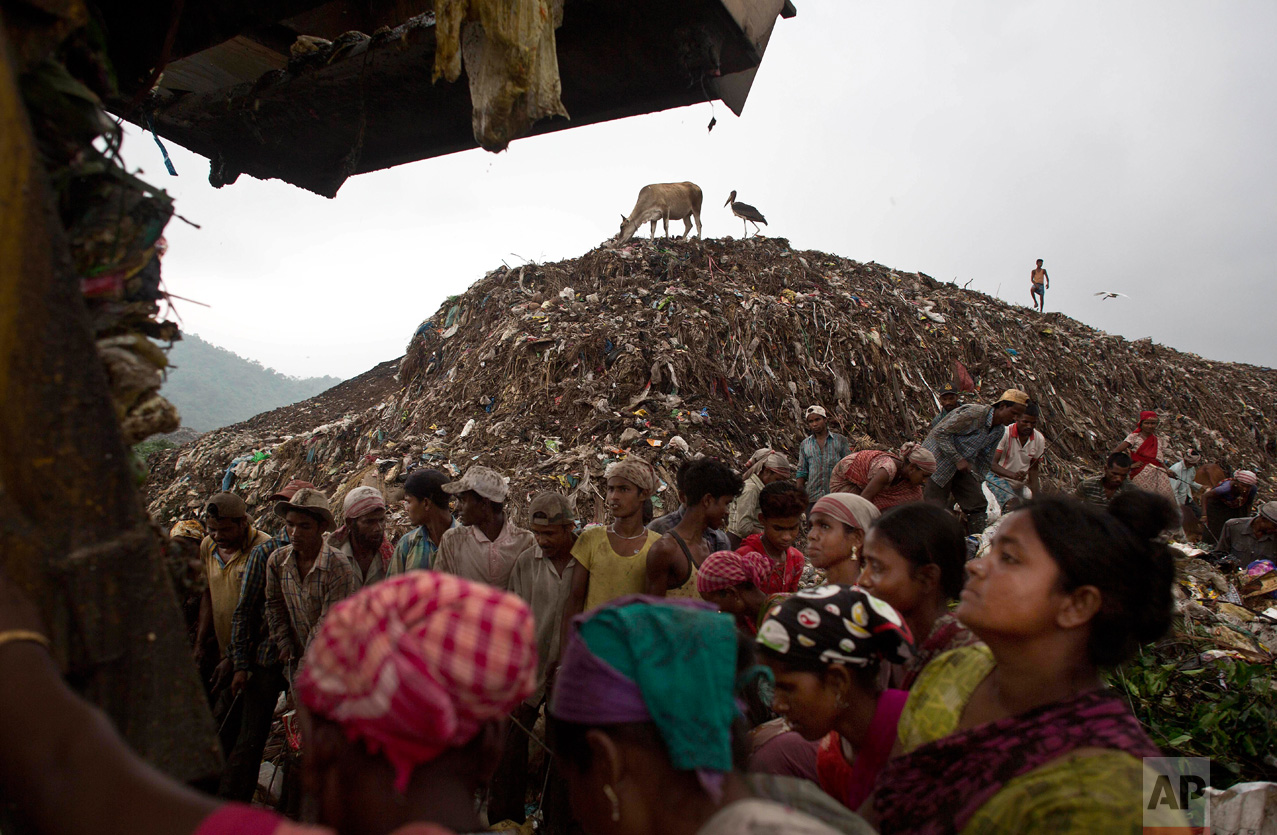
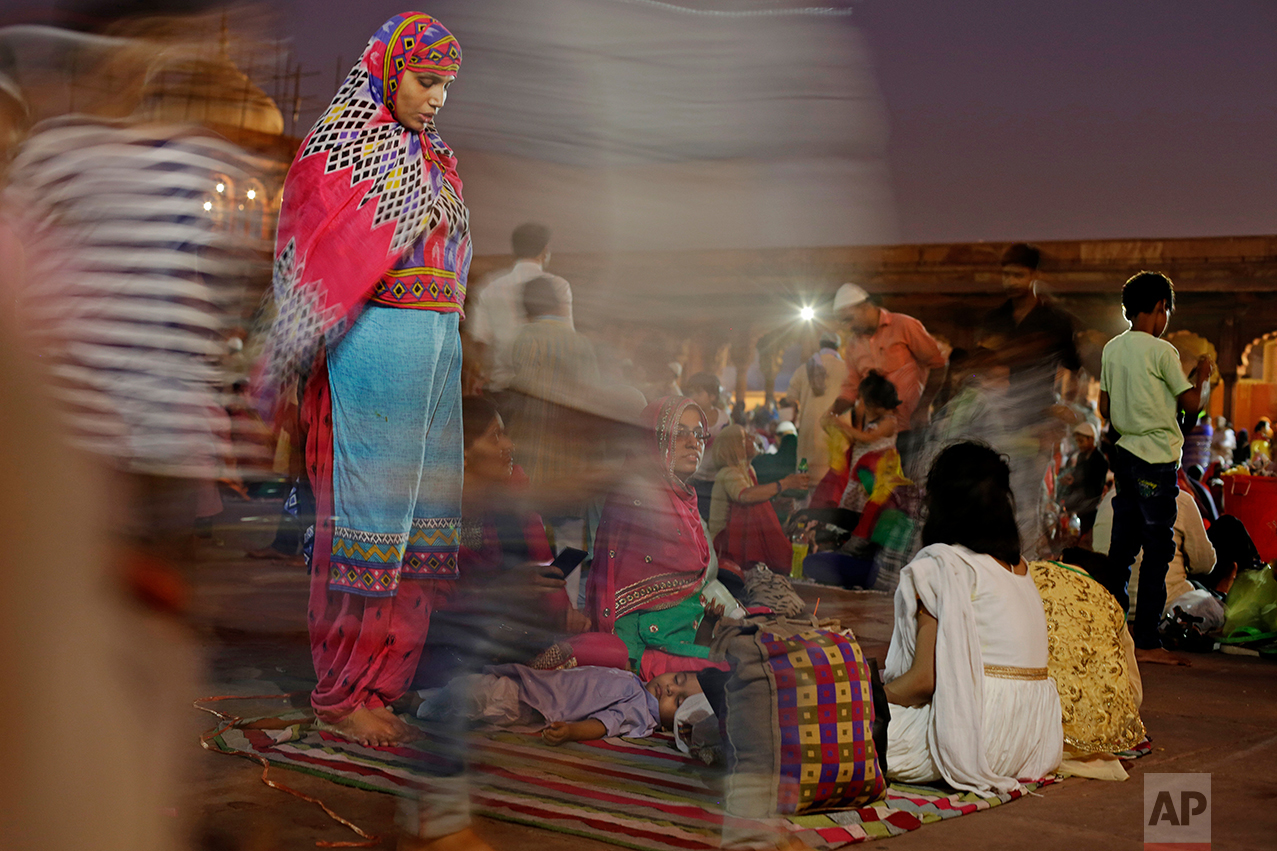








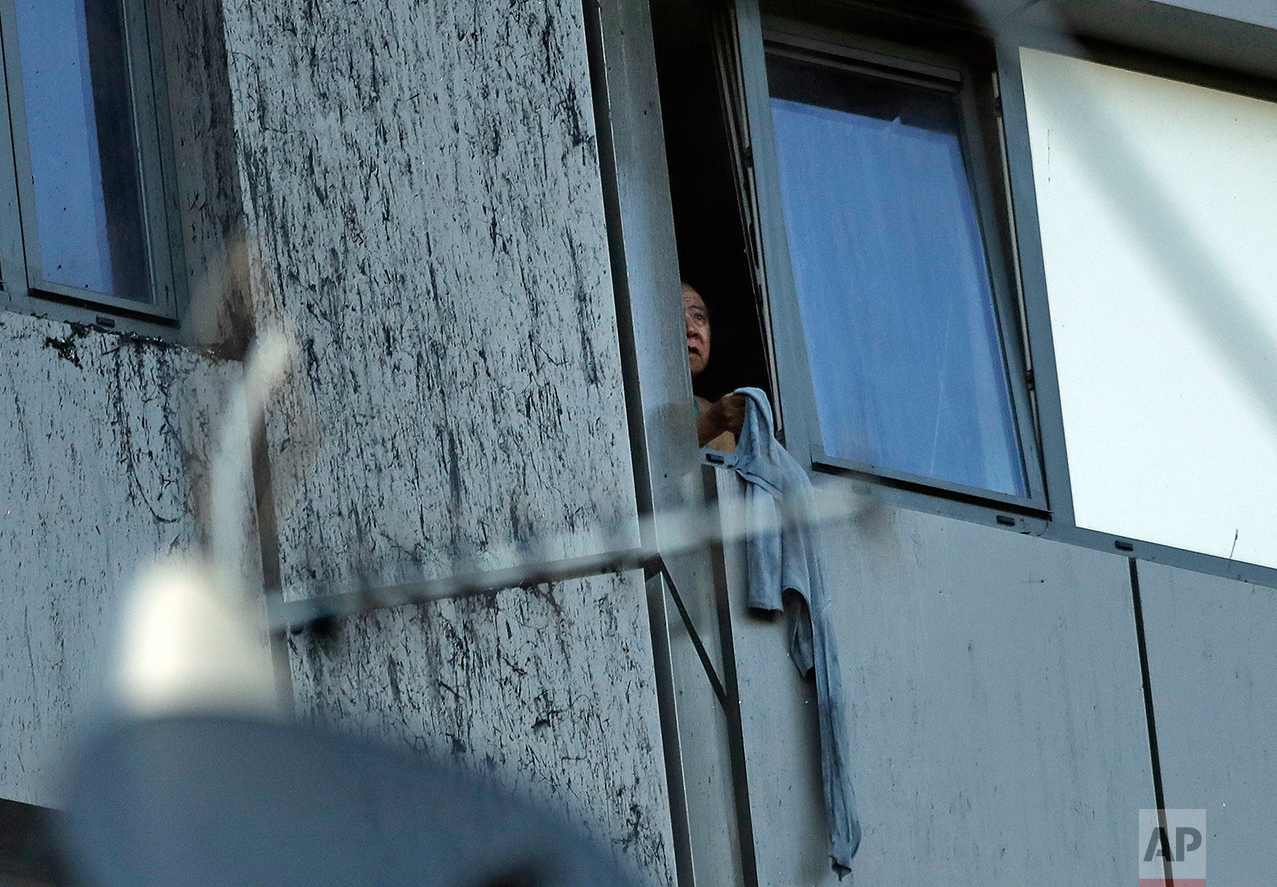
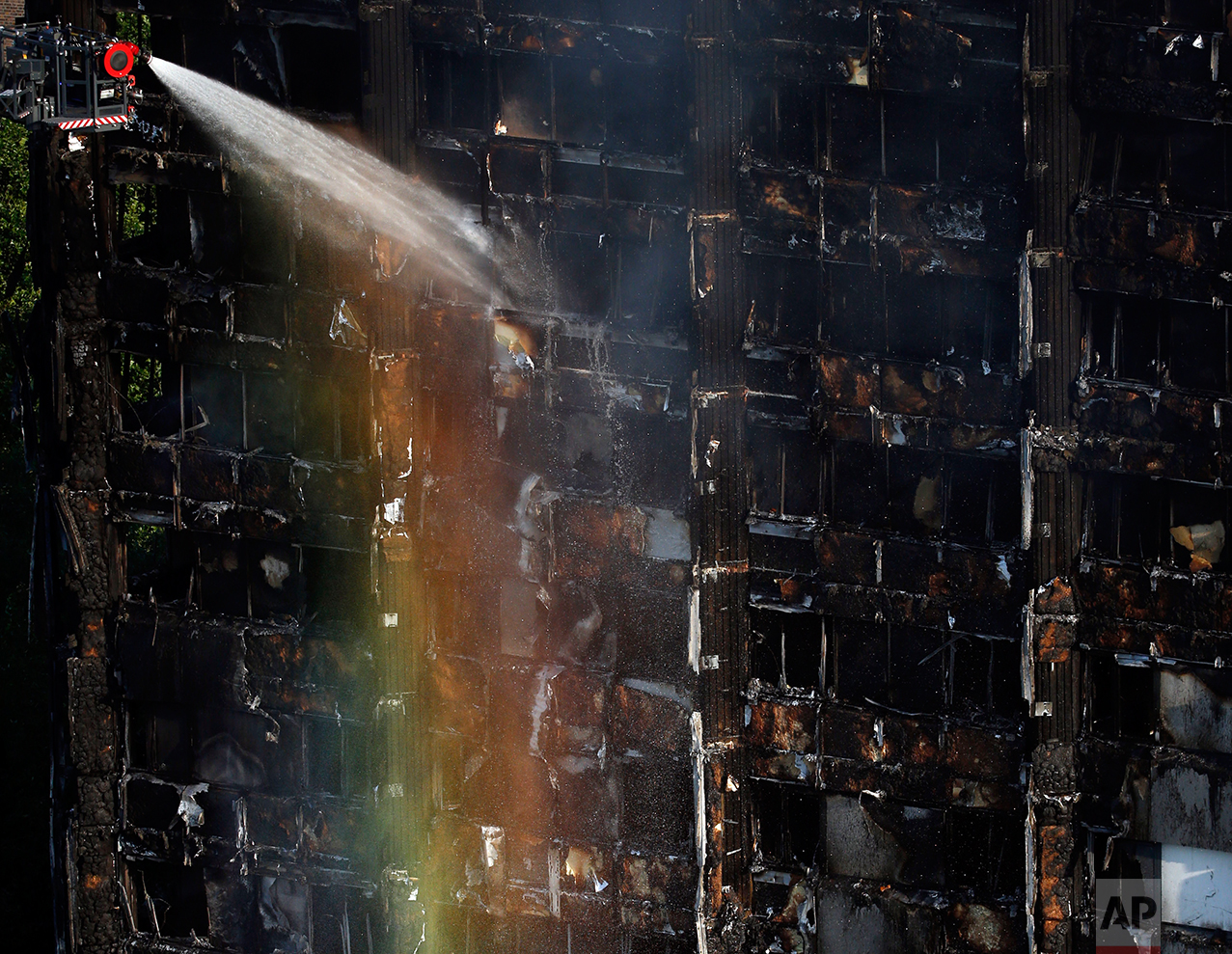


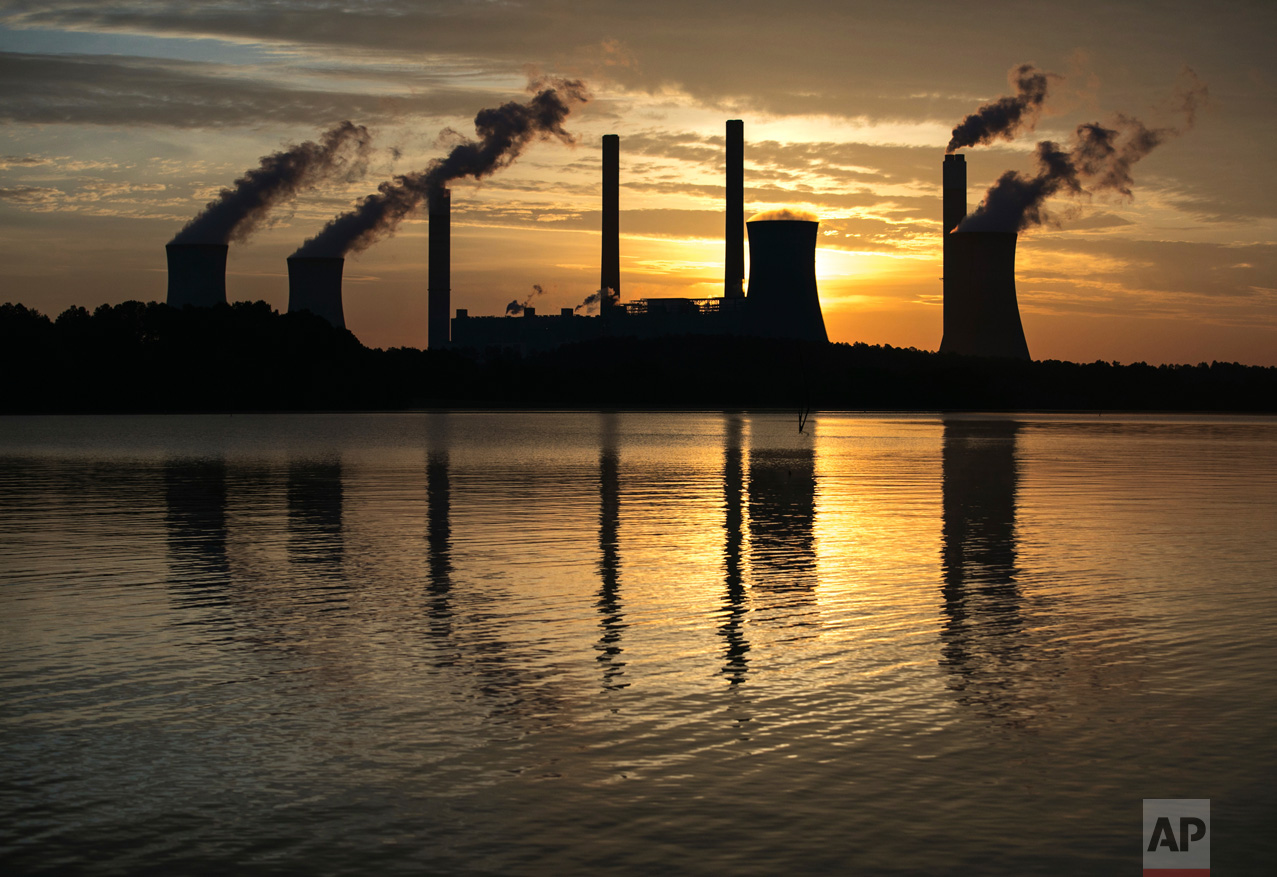

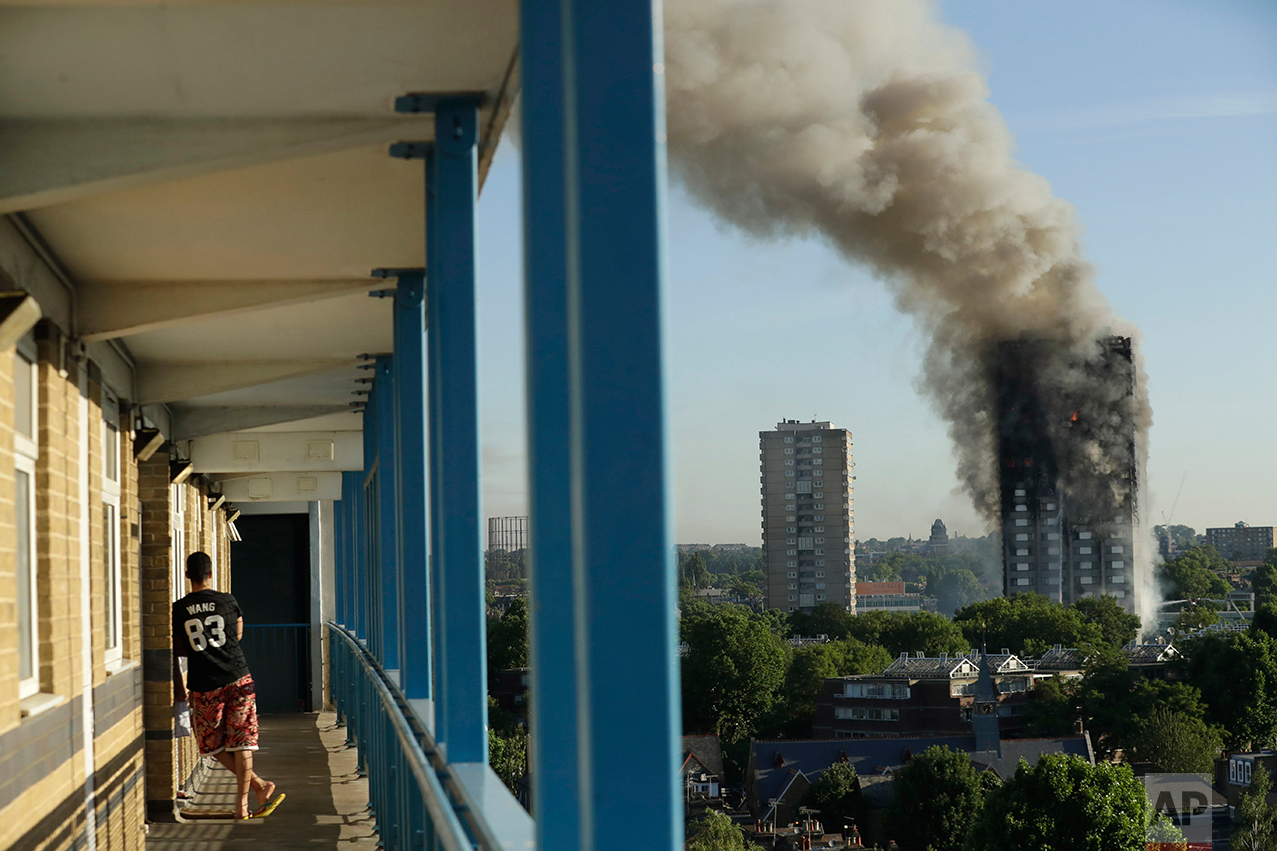



No comments:
Post a Comment